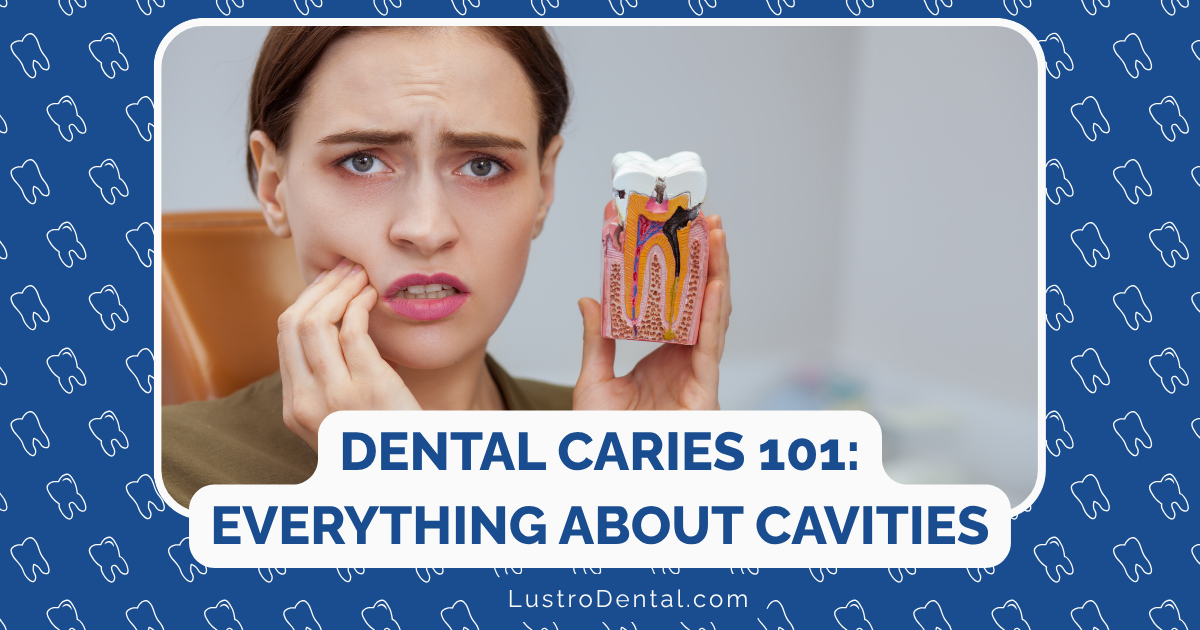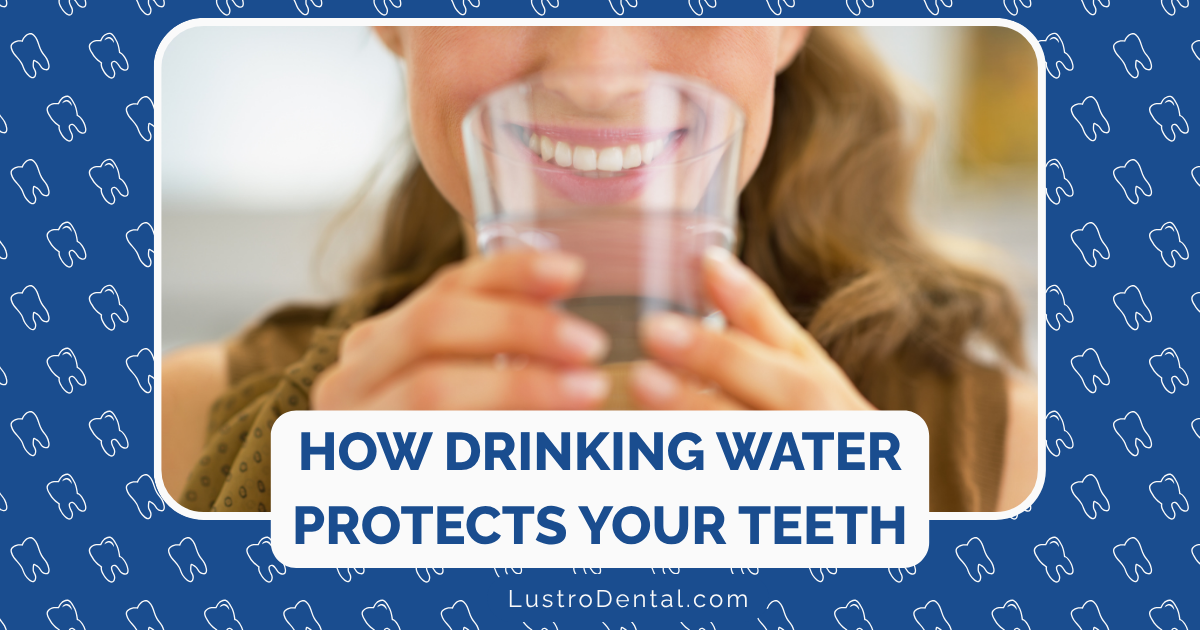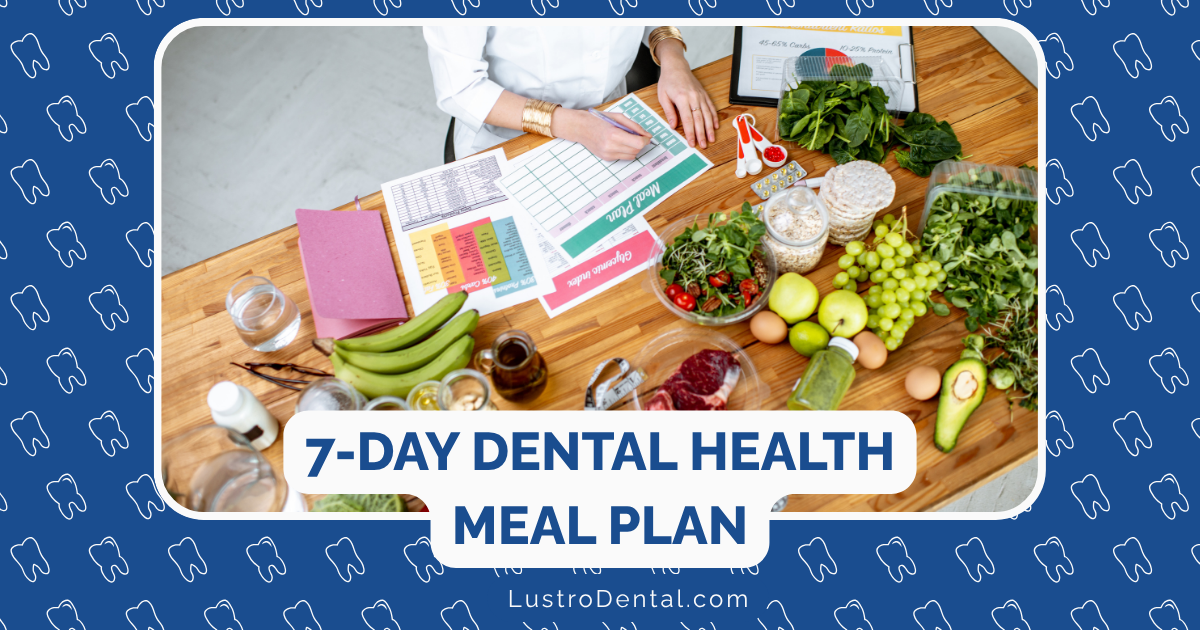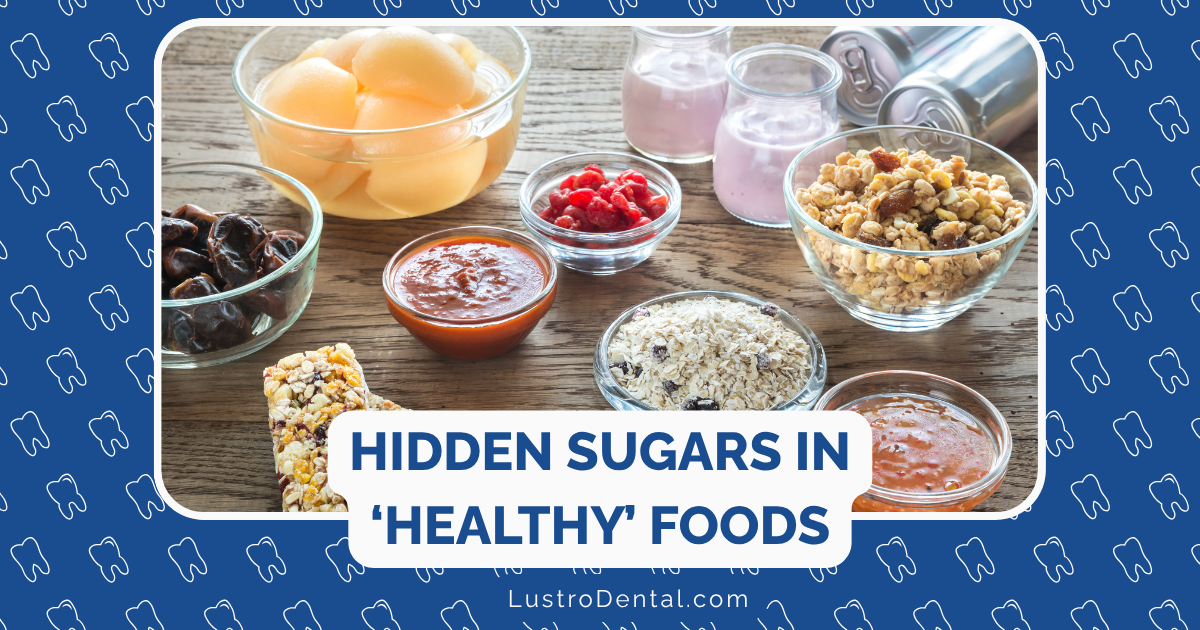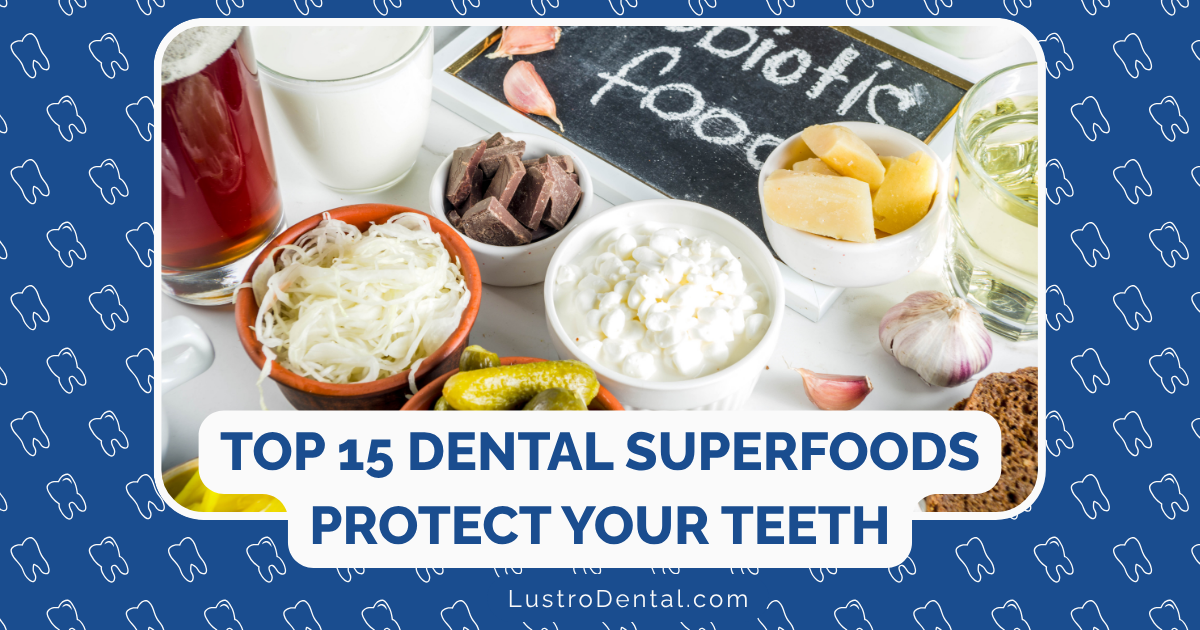The Acid Test: How Your Favorite Beverages Rank for Enamel Damage
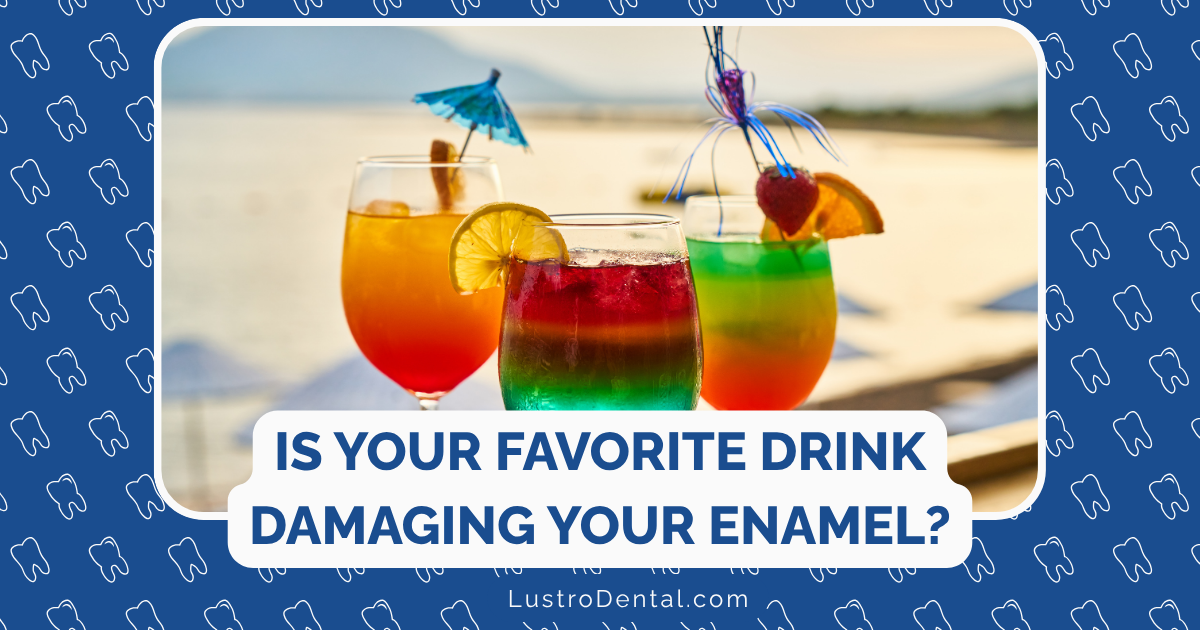
That refreshing sip of your favorite drink might be doing more than just quenching your thirst—it could be silently eroding your tooth enamel. As a dental health advocate, I’ve seen firsthand how beverage choices can dramatically impact oral health over time. What’s particularly concerning is that many people don’t realize the damage is happening until it’s irreversible.
Tooth enamel is the hardest substance in your body, but it’s not invincible. Once it’s gone, it doesn’t grow back. And one of the biggest threats to this protective shield? The acids in many of our favorite beverages.
In this comprehensive guide, I’ll walk you through the science of beverage acidity, rank common drinks by their potential for enamel damage, and offer practical strategies to protect your smile without giving up the drinks you love.
Understanding the Acid Attack: The Science Behind Enamel Erosion
Before we dive into specific beverages, it’s important to understand how acid damages your teeth.
The pH Scale: Your Enamel’s Danger Meter
The pH scale measures how acidic or alkaline a substance is, ranging from 0 (extremely acidic) to 14 (extremely alkaline). Pure water sits at a neutral 7.0.
Your mouth naturally maintains a pH of about 6.3, slightly acidic. However, your tooth enamel begins to demineralize—essentially dissolve—when exposed to a pH lower than 5.5. This critical threshold is your teeth’s “danger zone.”
According to research published in the Journal of the American Dental Association, each acid exposure initiates a demineralization process that can last 20-30 minutes. During this time, essential minerals like calcium and phosphate leach out of your enamel, weakening its structure.
Dr. Robert Anderson, professor of preventive dentistry at the University of California, explains: “It’s not just the acidity level that matters, but also how long and how frequently the teeth are exposed to acids. Sipping an acidic beverage throughout the day is significantly more damaging than drinking it quickly with a meal.”
Beyond pH: Other Factors That Influence Erosion
While pH is the primary indicator of a beverage’s erosive potential, several other factors influence how much damage occurs:
- Titratable acidity: This measures how much alkaline substance is needed to neutralize the acid. Some beverages with similar pH can have different erosive potentials based on this factor.
- Calcium and phosphate content: Beverages containing these minerals may be less erosive despite low pH, as they can help counteract demineralization.
- Consumption habits: Sipping slowly, drinking through a straw, temperature of the beverage, and whether you drink with meals all affect erosion risk.
- Saliva flow: Your saliva helps neutralize acids and remineralize enamel, but it can be overwhelmed by frequent acid exposure.
Now, let’s see how your favorite beverages stack up on the acidity scale and what that means for your dental health.
The Beverage Acid Test: From Worst to Best
Based on comprehensive pH testing from multiple scientific studies, including a landmark analysis published in the Journal of the American Dental Association that tested 380 beverages, here’s how common drinks rank from most erosive to least erosive:
Extremely Erosive (pH below 3.0)
- Lemon Juice: pH 2.25
- The most acidic common beverage, lemon juice can cause significant enamel erosion even with limited exposure.
- Cola Beverages: pH 2.32-2.39
- RC Cola (2.32), Cherry Coke (2.38), and Coca-Cola Classic (2.37) top the list as the most acidic sodas.
- Diet versions are equally acidic despite having no sugar.
- Energy Drinks: pH 2.67-3.37
- Brands like Red Bull, Monster, and Rockstar are highly acidic, with some testing below pH 3.0.
- A 2023 study found that energy drinks caused more enamel loss than traditional sodas.
- Sports Drinks: pH 2.93-3.79
- Gatorade and similar beverages are marketed as healthy but can be highly erosive.
- A 20-oz bottle of Gatorade has a pH around 3.0 and contains approximately 34g of sugar.
- Wine: pH 2.9-4.2
- White wine tends to be more acidic than red, with some varieties testing as low as pH 2.9.
- The combination of alcohol and acid creates a particularly erosive environment.
Highly Erosive (pH 3.0-3.99)
- Fruit Juices: pH 3.0-4.19
- Orange juice: pH 3.3-4.19
- Apple juice: pH 3.38-4.05
- Cranberry juice: pH 2.56-2.95 (some varieties fall into the “extremely erosive” category)
- Even 100% natural juices with no added sugar can cause significant enamel erosion.
- Fruit-Flavored Drinks: pH 2.82-3.46
- Fruit punches and flavored beverages often contain citric acid as a flavoring agent.
- The combination of acid and sugar creates a double threat to dental health.
- Kombucha and Vinegar Drinks: pH 2.5-3.5
- Despite their health benefits, these trendy beverages are highly acidic.
- Apple cider vinegar drinks can have pH levels as low as 2.5.
- Beer: pH 3.0-5.5
- Most beers fall between pH 4.0-5.0, with lighter beers typically being less acidic.
- The carbonation in beer contributes to its acidity.
Moderately Erosive (pH 4.0-5.5)
- Coffee: pH 4.85-5.10
- Black coffee is less acidic than many people assume, falling in the moderate range.
- Adding cream can help neutralize some acidity.
- Cold brew coffee tends to be less acidic than hot brewed coffee.
- Tea: pH 4.9-7.2
- Black tea: pH 4.9-5.5
- Green tea: pH 5.5-7.0
- Herbal teas vary widely, with some fruit-flavored varieties being more acidic.
- Unsweetened tea contains polyphenols that may help reduce plaque.
- Sparkling Water: pH 4.0-5.0
- Plain varieties are less acidic than flavored options.
- The carbonation creates carbonic acid, but it’s relatively weak and dissipates quickly.
- According to the American Dental Association, most sparkling waters are minimally erosive.
Minimally Erosive to Neutral (pH above 5.5)
- Milk: pH 6.5-6.8
- Contains calcium and phosphate that help strengthen tooth enamel.
- The protein casein forms a protective film on tooth surfaces.
- A 2022 study found that milk can actually help remineralize enamel.
- Plain Water: pH 6.5-7.5
- Tap water typically has a neutral pH around 7.0.
- Bottled waters vary, with some testing as low as pH 5.16 (Ozarka) and others being slightly alkaline (Essentia, pH 10.38).
- Fluoridated water provides additional protection against tooth decay.
Beyond the Rankings: Surprising Findings
Some interesting patterns emerged from the research that might surprise you:
- Diet sodas are just as erosive as regular versions. The lack of sugar doesn’t make them any less acidic or damaging to enamel.
- Some “healthy” beverages are among the most erosive. Kombucha, sports drinks, and fruit juices can cause more enamel damage than coffee or tea.
- Temperature matters. Hot acidic beverages may cause more erosion than cold ones due to increased chemical reactivity.
- Added calcium can reduce erosive potential. Some orange juices with added calcium showed less erosive potential despite low pH.
The Double Threat: When Sugar and Acid Combine
When a beverage combines high acidity with high sugar content, it creates a “perfect storm” for dental damage. The acid weakens enamel, while the sugar feeds harmful bacteria that produce even more acid, leading to both erosion and decay.
The worst offenders in this category include:
- Regular sodas
- Sports and energy drinks
- Sweetened fruit juices
- Sweet tea
Dr. Lisa Johnson of the American Academy of Pediatric Dentistry notes: “We’re seeing unprecedented levels of enamel erosion in younger patients, often directly linked to frequent consumption of acidic, sugary beverages throughout the day.”
Protecting Your Enamel Without Giving Up Your Favorite Drinks
The good news is that you don’t have to completely eliminate your favorite beverages to protect your teeth. These evidence-based strategies can significantly reduce erosion risk:
1. Change How You Drink
- Use a straw positioned toward the back of your mouth to minimize contact between the beverage and your teeth.
- Drink quickly rather than sipping throughout the day to reduce exposure time.
- Enjoy acidic drinks with meals rather than between them. The increased saliva production during meals helps neutralize acids.
2. Neutralize the Acid
- Rinse with water immediately after consuming acidic beverages to dilute and wash away acids.
- Consume dairy products after acidic drinks. A study in the Journal of the American Dental Association found that eating cheese after an acidic beverage can help neutralize acids.
- Chew sugar-free gum with xylitol after drinking acidic beverages to stimulate saliva flow, which helps neutralize acids and remineralize enamel.
3. Time Your Oral Care Carefully
- Wait at least 30-60 minutes before brushing after consuming acidic beverages. Brushing too soon can spread the acid and damage the temporarily softened enamel.
- Use fluoride toothpaste to strengthen enamel and increase resistance to acid erosion.
- Consider a fluoride mouthwash to provide additional protection, especially if you frequently consume acidic beverages.
4. Make Strategic Swaps
- Dilute fruit juices with water to reduce their acidity.
- Choose white tea over black tea or coffee if you’re concerned about acidity.
- Opt for still water with a squeeze of lemon rather than lemonade.
- Try milk or calcium-fortified alternatives instead of acidic beverages when possible.
Real-World Scenarios: Making Better Choices
To help you apply this information in everyday situations, here are some practical swaps that can significantly reduce enamel damage:
At the Coffee Shop
- Instead of: Lemonade (pH ~2.5)
- Try: Unsweetened iced tea with a splash of lemonade (pH ~4.5)
At the Gym
- Instead of: Sports drink (pH ~3.0)
- Try: Water with electrolyte tablets (pH ~5.5)
At Happy Hour
- Instead of: White wine or beer (pH ~3.0-4.0)
- Try: Gin or vodka with soda water and lime (pH ~4.5-5.0)
At Breakfast
- Instead of: Orange juice (pH ~3.5)
- Try: Whole oranges with water (less erosive due to fiber content)
When Damage Has Already Occurred: Next Steps
If you’re already experiencing symptoms of enamel erosion—such as increased sensitivity, yellowing teeth, or visible changes to tooth surfaces—it’s important to consult with your dentist. They can recommend professional treatments to help manage sensitivity and prevent further damage, such as:
- Fluoride varnishes
- Bonding agents for severely eroded areas
- Prescription-strength remineralizing agents
- Custom protective mouthguards for those with severe acid reflux
The Bottom Line: Balance and Awareness
The relationship between beverage choices and dental health doesn’t have to be all-or-nothing. By understanding the relative risks of different drinks and adopting protective habits, you can enjoy your favorites while minimizing damage to your irreplaceable enamel.
Remember, the occasional acidic beverage won’t ruin your teeth—it’s the frequent, day-long exposure that poses the greatest risk. As with most aspects of health, moderation and mindfulness are key.
Dr. James Wilson, Director of Preventive Dentistry at Boston University Dental School, puts it perfectly: “It’s not about eliminating joy from your diet—it’s about making informed choices and adopting habits that allow you to protect your dental health while still enjoying life’s pleasures.”
Your smile is worth the effort. After all, those teeth need to last you a lifetime.
What’s your favorite beverage, and has this article made you reconsider how you consume it? Share your thoughts and questions in the comments below!



